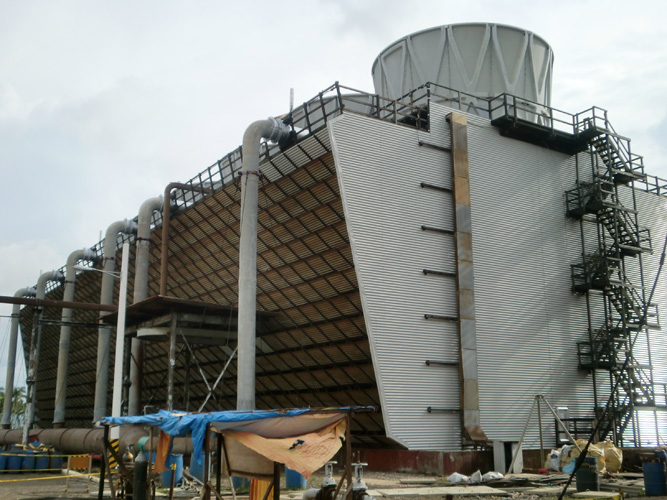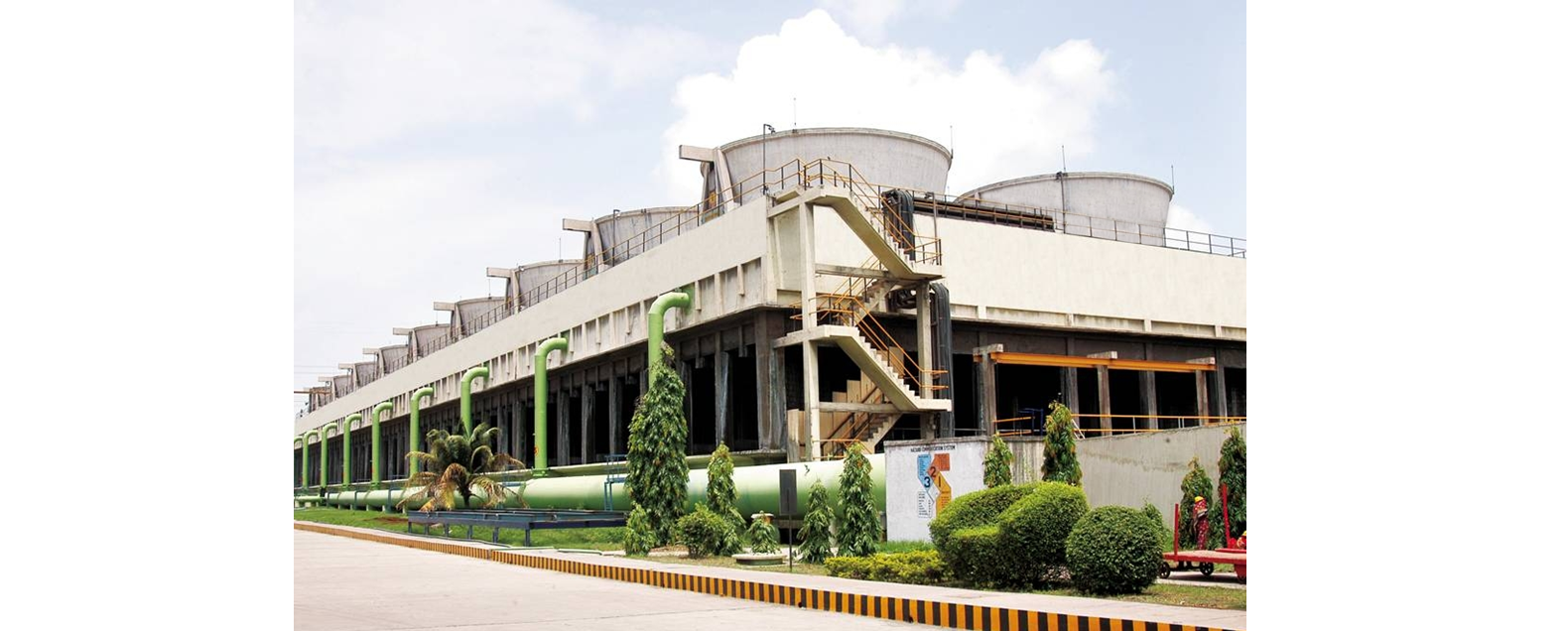Water cooling towers use water as a cooling agent that transfers the heat into the atmosphere through evaporation. However, water cooling towers encounter certain issues and in this article, manufacturers and suppliers of cooling towers Bengaluru will discuss these issues in detail. You can learn to avoid these issues and keeping your cooling tower in good working condition.
The occurrence of cooling water issues relies on the quality of the water. Fresh water would likely get minimum issues while contaminated or mineral-rich water results in scaling. Other issues are-
- Corrosion
- Debris accumulation
- Biological growth
- Chemical residual
Any of these problems or a combination of these problems can result in expensive unexpected downtime, increased water usage, reduced capacity, high operation, maintenance costs, acid cleaning operations, and expensive parts replacements.

There is no single process to treat cooling water. User has to make choices among distinct treatment programs on the basis of following things-
- System design – It includes the capacity of the system, cooling tower type, materials used in construction, basin depth, heat transfer rates, flow rates, related accessories and temperature drop.
- Water – It includes the makeup water composition and quality, assumed cycle of concentration, and availability of pre-treatment.
- Contaminants – It includes airborne debris and process leaks
- Wastewater discharge restrictions
- Air quality
- Surrounding environment
There are total five critical parameters of cooling water, i.e. conductivity, pH, total dissolved solids, hardness, saturation index, and alkalinity.
Conductivity and TDS (total dissolved solids) – Conductivity is a measure of the water ability to conduct electricity.
Conductivity indicates the amount of TDS in the water. Pure distilled water will have lower conductivity while sea water will have the higher one due to the presence of high amount of minerals. The primary maintenance step in most circulating water systems is to prevent the scaling in the system.
pH – pH is the level that tells how acidic/basic water is. It ranges from 0-14 and the 7 is the neutral point. pHs greater than 7 indicates a base, while lesser than 7 shows acidity. Water with a pH of 5 is ten times more acidic as compared to water having a pH of 6. If you follow the treatment program, you need to control the pH level. When the pH is acidic, corrosion risk is higher and when the pH is alkaline, scaling risk is higher.
Hardness – It is determined by measuring the amount of calcium and magnesium dissolved in water.
This post was intended by manufacturers of cooling towers to help you in easy maintenance practice for your water cooling system. For more details on scaling, hardness, and other concern things related to cooling towers, ask in comments.


























